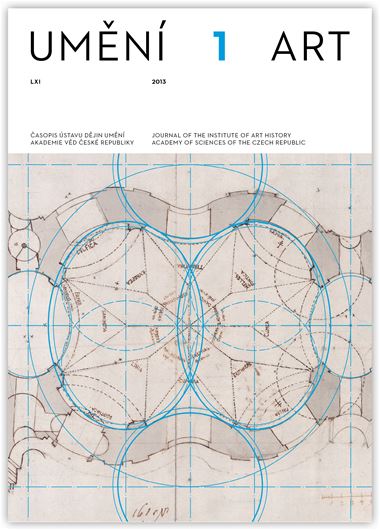Michal Šroněk
Comput digital and Jan Hus as Defender of the Faith
This study focuses on the Evangelist Jan Hus as an iconographic type, familiar in particular from the illumination Jan Hus před kostnickým koncilem (Jan Hus before the Council of Constance) in the Litoměřice Gradual, where Hus is depicted performing the gesture of counting arguments, so-called the comput digital. In the High Middle Ages, this gesture, associated with the scholastic method of thinking and argumentation, wherein individual arguments were counted one by one, began to be used in fine art to depict not just scholarly disputations but in particular disputations over faith. It was associated with Christ, St Catherine of Alexandria, St Dominic, and other defenders of the faith. However, the gesture of comput digital that Jan Hus makes not only characterises him as a defender of the true faith but also has the character of an act of blessing and ranks him among the saints. Given that Hus was not designated as a saint through the Catholic Church’s customary rite of canonisation, an extremely important role in establishing Hus’s sainthood was played not just by writings, especially liturgical and historical texts, but also by images, which contributed to the constitution and declaration of Hus’s sainthood. The image of Jan Hus as a newly made saint in the Utraquist Church was shaped by several sources: the narrative is based on historical texts containing some sacred motifs that liken Hus to Christ and make a typological parallel between Elijah’s fiery chariot and Hus at the stake. Comparisons of Hus to Christ or a saint are done in a similar manner – using the semiotic tradition of the gesture of comput digital, which, in association with Hus, forms a generally intelligible type of visual representation of the new saint. These facts reveal Utraquist circles to have been very creative in the field of visual expression and in their ability to use combinations of various layers of historical narrative and previously established motifs to create a new iconographic type.
Full-text in the Digital Library of the Czech Academy of Sciences:
https://kramerius.lib.cas.cz/uuid/uuid:ab201dff-3e68-44ed-b32d-a0c90b83f3f2
< back

